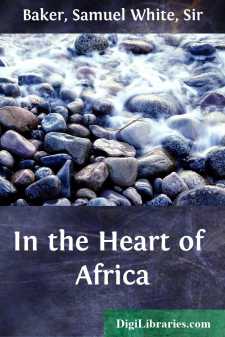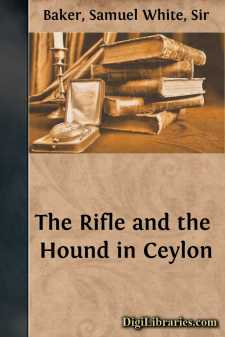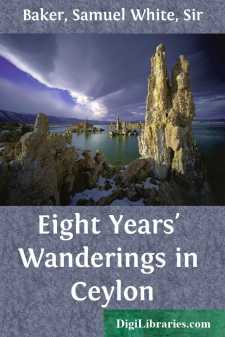Categories
- Antiques & Collectibles 13
- Architecture 36
- Art 48
- Bibles 22
- Biography & Autobiography 816
- Body, Mind & Spirit 145
- Business & Economics 28
- Children's Books 17
- Children's Fiction 14
- Computers 4
- Cooking 94
- Crafts & Hobbies 4
- Drama 346
- Education 58
- Family & Relationships 59
- Fiction 11834
- Foreign Language Study 3
- Games 19
- Gardening 17
- Health & Fitness 34
- History 1378
- House & Home 1
- Humor 147
- Juvenile Fiction 1873
- Juvenile Nonfiction 202
- Language Arts & Disciplines 89
- Law 16
- Literary Collections 686
- Literary Criticism 179
- Mathematics 13
- Medical 41
- Music 40
- Nature 179
- Non-Classifiable 1768
- Performing Arts 7
- Periodicals 1453
- Philosophy 66
- Photography 2
- Poetry 897
- Political Science 203
- Psychology 45
- Reference 154
- Religion 516
- Science 126
- Self-Help 85
- Social Science 82
- Sports & Recreation 34
- Study Aids 3
- Technology & Engineering 59
- Transportation 23
- Travel 463
- True Crime 29
Samuel White Baker
Sir Samuel White Baker (1821–1893) was a British explorer, naturalist, and writer known for his expeditions in Africa. He is best known for his exploration of the Nile and the discovery of Lake Albert, documented in his book "The Albert N'yanza, Great Basin of the Nile." Baker also wrote "The Nile Tributaries of Abyssinia," detailing his journeys in the Sudan and Ethiopia. In addition to his exploration work, Baker was a passionate abolitionist, opposing the slave trade in Africa during his governorship of the Equatoria province under the Egyptian government.
Author's Books:
Sort by:
We now enjoyed the contrast between the light active step of first-class hygeens, and the heavy swinging action of the camels we had hitherto ridden. Travelling was for the first time a pleasure; there was a delightful movement in the elasticity of the hygeens, who ambled at about five miles and a half an hour, as their natural pace; this they can continue for nine or ten hours without fatigue. Having...
more...
CHAPTER I. The Nubian desert—The bitter well—Change of plans—An irascible dragoman—Pools of the Atbara—One secret of the Nile—At Cassala. In March, 1861, I commenced an expedition to discover the sources of the Nile, with the hope of meeting the East African expedition of Captains Speke and Grant, that had been sent by the English Government from the South via Zanzibar, for the same object....
more...
PREFACE. Upwards of twenty years have passed since the 'Rifle and Hound in Ceylon' was published, and I have been requested to write a preface for a new edition. Although this long interval of time has been spent in a more profitable manner than simple sport, nevertheless I have added considerably to my former experience of wild animals by nine years passed in African explorations. The great...
more...
CHAPTER I. Colombo—Dullness of the Town—Cinnamon Garden—A Cingalese Appo—Ceylon Sport—Jungle Fever—Newera Ellia—Energy of Sir E. Barnes—Influence of the Governor—Projected Improvements. It was in the year 1845 that the spirit of wandering allured me toward Ceylon: little did I imagine at that time that I should eventually become a settler. The descriptions of its sports, and the tales...
more...





